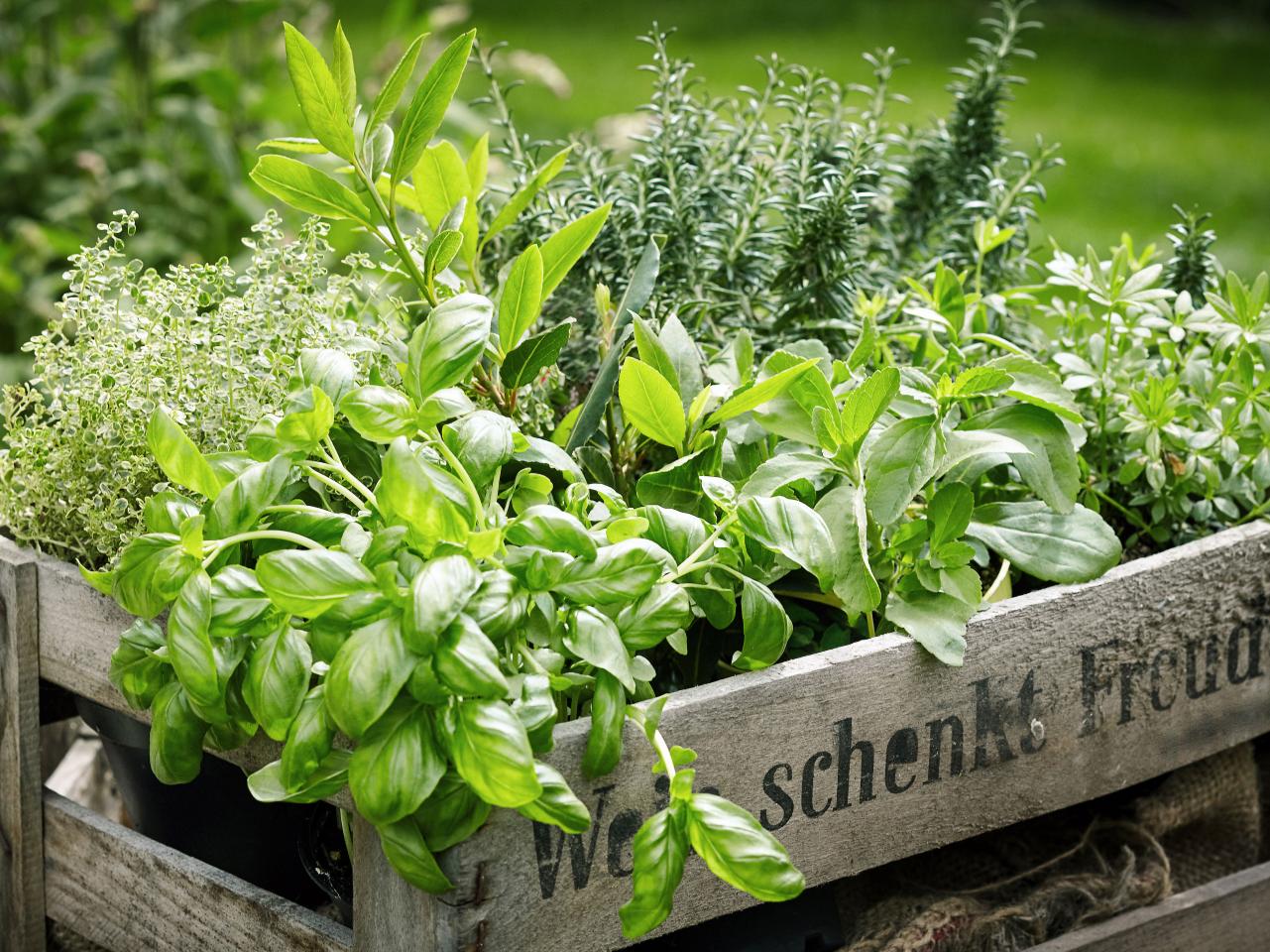Traditional lawns can be tedious to maintain, with the endless cycle of mowing, watering, and fertilizing. Plus, they often lack personality, leaving your outdoor space feeling uninspired.
If you’re tired of the routine and the monotony of a uniform green lawn, it might be time to explore alternatives that offer more beauty and less work.
Imagine a yard that’s easier to care for and better for the environment. There are many grass-free options that can transform your landscape into a low-maintenance haven.
#1. Vegetable Garden

Imagine stepping outside and picking fresh tomatoes, lettuce, or even zucchinis right from your backyard.
Not only does it save you a trip to the grocery store, but it also ensures that you’re eating the freshest produce possible.
Starting a vegetable garden might seem daunting, but trust me, it’s easier than you think.
Begin with some of the simpler veggies like radishes or lettuce. These grow quickly and give you a sense of accomplishment early on.
#2. Herb Gardens

Herb gardens are a fantastic alternative to traditional lawns as you can use the herbs in your cooking.
Plus, bees and butterflies love the flowers that many herbs produce, so you’re also helping out the local pollinators.
One of the best things about herb gardens is that they can be very low maintenance, so don’t worry if you forget to water your plants.
Many Mediterranean herbs like thyme and oregano are drought-tolerant, meaning they don’t need a lot of water to thrive.
#3. Artificial Turf

Artificial turf has really improved over the years. Gone are the days when it looked like a green plastic carpet.
Nowadays, there are brands that make artificial turf that can filter water, look real, and feel soft. This is especially popular in the some parts of the USA.
In addition, artificial turf requires very little maintenance. You don’t need to mow it, water it, or use any chemicals to keep it looking good.
#4. Creeping Perennials

Creeping perennials spread out to form a dense, green carpet that can handle foot traffic and look fantastic all year round. Here are a few of my favorites:
- Creeping Jenny: This plant is a fast grower. Its round, green leaves can brighten up any dull corner, and the yellow flowers are a cheerful addition.
- Veronica ‘Waterperry Blue’: This plant has deep green leaves that turn a lovely copper color in the fall, and its lavender-blue flowers are a delight in the spring.
- Ajuga (Bugleweed): Ajuga thrives in dry shade, making it perfect for those spots under trees where grass refuses to grow.
- Blue Star Creeper: This plant forms a lush mat of green foliage and is sturdy enough to withstand kids and pets running around.
#5. Native Plants

Native plants are naturally adapted to your local climate and soil, which means they require less water, fertilizer, and overall care compared to non-native species.
Besides, they can transform your yard into a botanical wonderland.
Imagine stepping outside and seeing a variety of colors and textures that change with the seasons. It’s like having a front-row seat to nature’s show!
#6. Edible Forest Garden

An edible forest garden is like having your own personal grocery store right outside your door. Instead of mowing the lawn, you can spend your time picking fresh fruits, nuts, and veggies. It’s a win-win!
Using permaculture design, you can create a self-sustaining ecosystem. This means the garden pretty much takes care of itself – watering, fertilizing, and even mulching.
Moreover, in here, you can plant everything from towering fruit trees to low-growing herbs and ground covers. It’s like a layered cake of deliciousness!
#7. Rock Garden

You can use a variety of rocks, from small pebbles to large boulders, to add texture and depth to your garden.
Plus, rock gardens are perfect for areas prone to drought since they require little to no water beyond natural rainfall.
If you prefer something more colorful, you can plant perennials like violets and other low-water plants that thrive among the rocks and help to soften the rugged look of the rocks.
Specially, rock gardens are also a great way to highlight native plants. They are well-adapted to your local climate and soil conditions, so easier to care for.
#8. Wildflowers

If you plant wildflowers, it will be a mini meadow right in your backyard! Plus, wildflowers are great for the environment as they attract pollinators.
Furthermore, they require minimal care. You don’t have to worry about mowing, fertilizing, or constant watering. Just let them do their thing.
If you’re looking to suppress weeds naturally, wildflowers can be a great option.
They create a dense mat that chokes out unwanted growth, much like some of the top groundcover plants that suppress weeds.
#9. Succulent Garden

Succulents are not only low-maintenance but also incredibly diverse in shape, color, and size, so they can turn any boring yard into a landscape.
One of the best things about succulents is their ability to thrive in well-drained soil and sunny spots.
Besides, succulent garden is versatile. You can plant them in the ground, in pots, or even in rock gardens.
Succulents are quite forgiving. Just make sure to use a well-draining soil mix, and you’re good to go.
#10. Thyme

Thyme is a slow starter, but once it gets established, it’s a drought-tolerant, fragrant ground cover that needs very little maintenance.
Thyme isn’t the cheapest option out there, with each plant costing between $3 to $6. But trust me, it’s worth every penny.
In the first year, you’ll need to be pretty aggressive with weeding. By the second year, the thyme will start to outcompete the weeds, and by the third or fourth year, it will have full coverage.
Thyme can handle moderate foot traffic, so it’s perfect for areas where you might walk once or twice a day. And every time you step on it, it releases a lovely fragrance.







